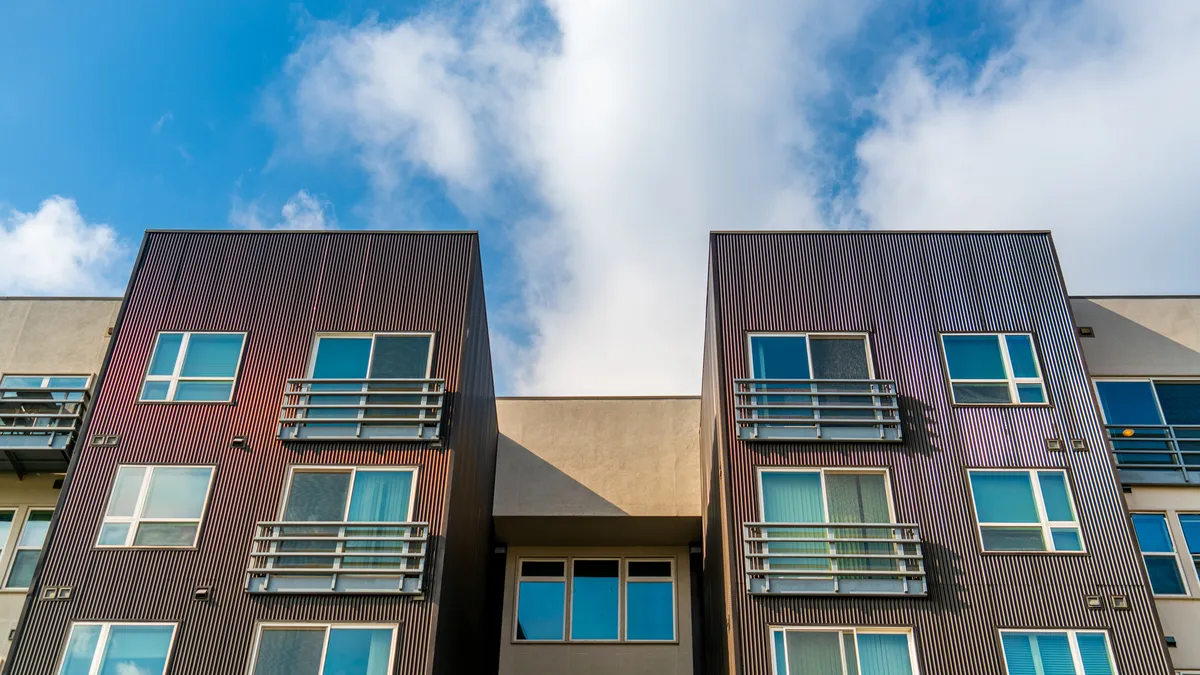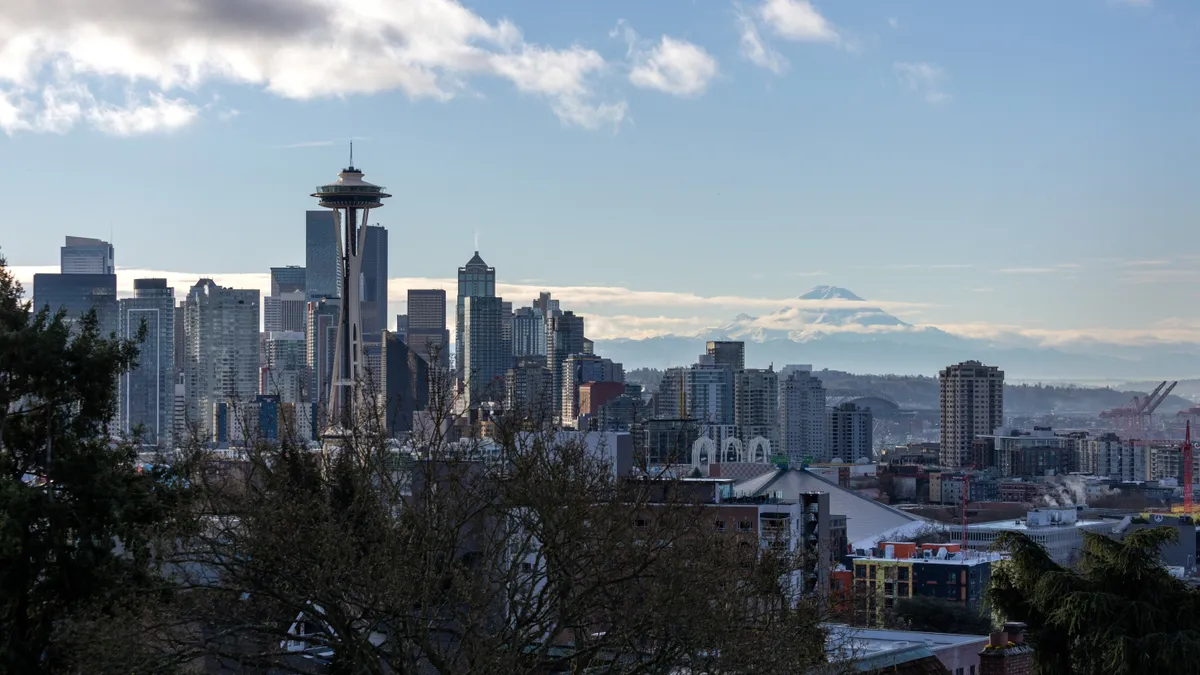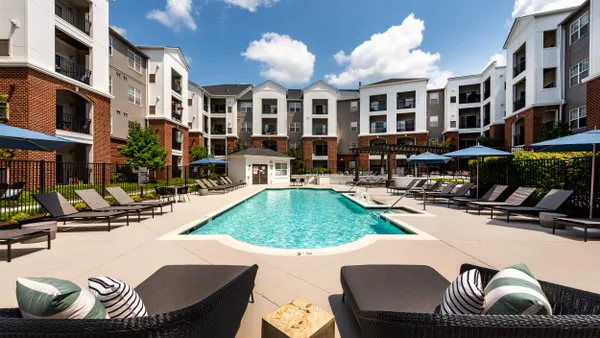Strong 6.3% same-store revenue growth in the second quarter prompted Arlington, Virginia-based AvalonBay Communities to increase its full-year guidance from 4.0% to 6.0% to 5.5% to 6.5%.
AVB still saw expenses grow, but it was partially able to cut costs through technology, which allowed it to reduce payroll costs, according to CEO Ben Schall.
“As it relates to operating expenses, while the midpoint of our guidance remains the same, we expect lower payroll costs driven by our innovation efforts and lower repair and maintenance and property tax expenses to be offset by higher legal, eviction and bad debt costs as we reclaim apartments from non-paying residents,” Schall said on an earnings call earlier this month.
Here are three other takeaways from AVB’s earnings report and call:
Lease-up strength
In their research note analyzing AVB’s Q2 results, Alexander Goldfarb, managing director and senior research analyst of REITs, and Connor Mitchell, research analyst at investment bank and financial services company Piper Sandler pointed to strength in the REIT’s new developments as a driver of success.
“AVB benefited from stronger revenue outlook that is lifting [funds from operations] guidance, which we believe is driven by lease-ups well above original pro forma development underwriting,” Mitchell and Goldfarb wrote.
AVB underwrote a going-in yield of around 5.9% on those new projects, but rent growth in the Sun Belt over the past couple of years has driven it to 6.6%, according to Chief Investment Officer Matt Birenbaum.
“It is a little bit of a unique moment in time in the sense that [when] we started those jobs, the hard costs were good because we bought them at the trough … in front of when some of the hard cost inflation that we’ve seen kicked in,” Birenbaum said.
Construction costs
Even if it isn’t starting a new project, AVB is continuing to invest in pre-development activities to get those deals ready to go when the time is right. Right now, it is looking for yields in the mid-6% range as financing costs have risen.
“It’s very difficult to know where hard costs are until you actually have a deal ready to bid and subcontractors see that it’s real,” Birenbaum said.
Since the company isn’t ready to put many of its projects out to bid, estimating exact costs is difficult. Still, in regions like the Northeast that haven’t see an explosion of new apartment projects in the last few years, Birenbaum estimates that costs have fallen 5% to 10%.
But the story is different in places like Austin, Texas; Denver; and Seattle. “There are other regions where hard costs, it seems like they’re flattening out, but they haven’t fallen yet, particularly some of the regions that [we] saw were just really struggling to keep up with all of the demand and all of the elevated start activity over the last couple of years,” Birenbaum said.
Expansion markets
AVB, long a coastal player, is looking to build its portfolio in other areas of the country. The REIT is targeting expansion markets, including Raleigh-Durham and Charlotte, North Carolina; Southeast Florida; Dallas; Austin; and Denver. Despite softening rent growth in those metros, the company still plans to reach 25% of its portfolio there within the next five to six years for two major reasons.
BY THE NUMBERS
| Category | Q2 | YOY Change |
| Total revenue | $37.1 million | 6.2% |
| Net operating income | $22.2 million | 5.4% |
| Operating expenses | $14.8 million | 8.2% |
| Funds from operations | $2.67 million | 10.8% |
| Average rent | $2,889 | 8.1% |
| Economic occupancy | 96.0% | -0.3% |
SOURCE: Essex
“One, our core customer, the knowledge-based worker, we recognize is in a more dispersed set of markets today than they have been in the past,” Schall said. “And second, just think about an expanded playing field to take what we do well across operations [and] development to those new markets in order to create value for our shareholders.”
As development in its growth markets slows and merchant builders face issues, AVB sees the opportunity to buy land for new projects.
“Our hope is construction costs will start to come down,” Schall said. “There are merchant builders who were accumulating large portfolios of land, and we are starting to see some of those deals come back.”
Development is one part of the growth strategy. But so is acquisition. “On the acquisition side, we’ve been tending to focus recently on assets that we think are going to complement our development portfolio in those markets,” Schall said. “And so it’s had us looking at acquisitions that are generally a little bit older in nature, lower in density, lower in price point with a particular focus on micro-locations that we expect to have more limited supply coming.”
Click here to sign up to receive multifamily and apartment news like this article in your inbox every weekday.







































